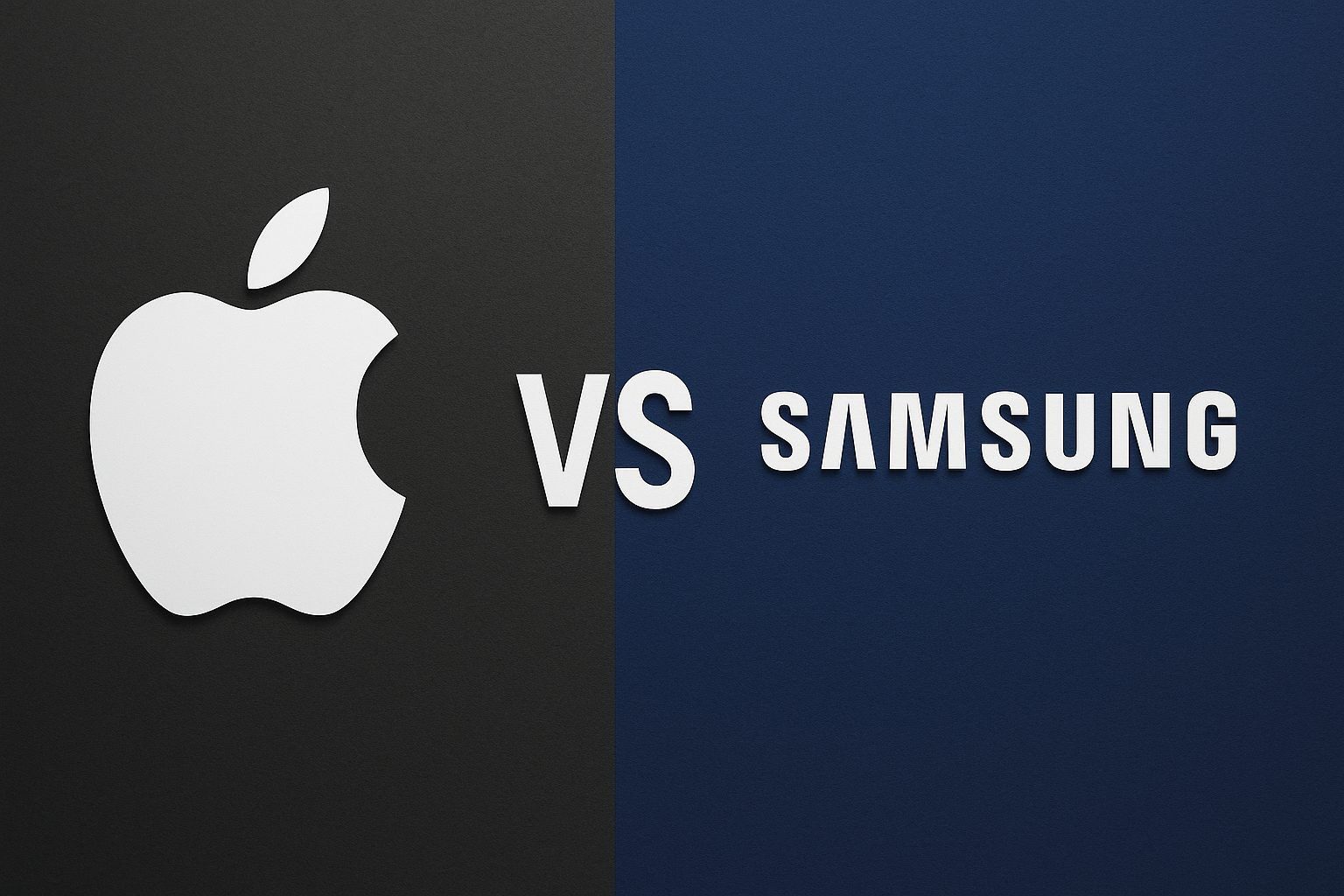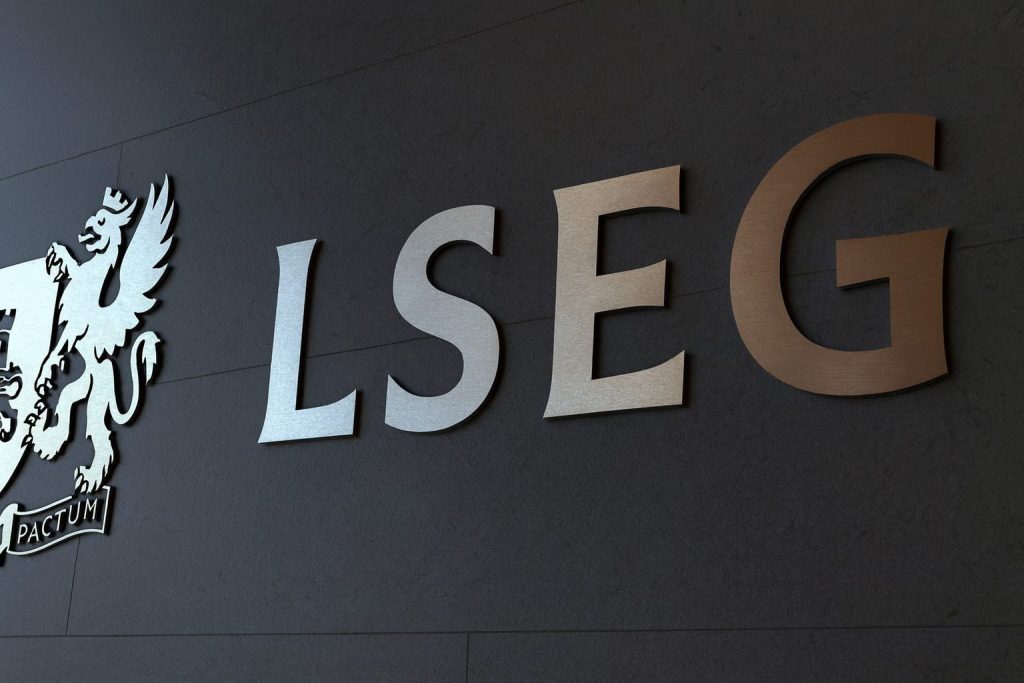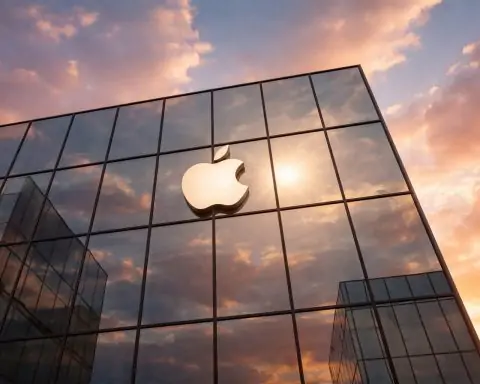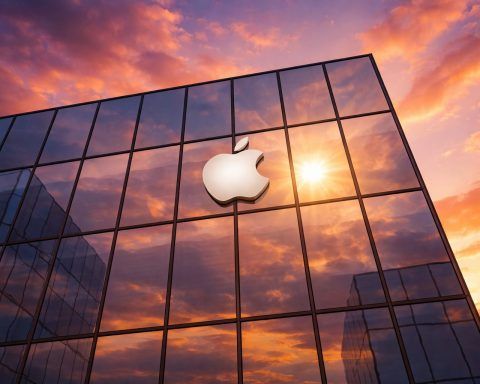Apple is on track to dethrone Samsung as the world’s largest smartphone maker in 2025, with a new industry forecast showing iPhone shipments finally edging ahead of Galaxy devices for the first time in around 14 years.
According to research firm Counterpoint, Apple is expected to ship about 243 million iPhones this year, compared with roughly 235 million smartphones from Samsung, giving Apple an estimated 19.4% share of global smartphone shipments versus Samsung’s 18.7%. [1]
The projection, highlighted in reports from CNBC, Fox Business, news.com.au and others, suggests that Apple will not only finish 2025 as the top smartphone brand by volume, but could retain that crown through 2029 if current trends hold. [2]
Apple vs Samsung: 243 Million vs 235 Million
Counterpoint’s latest Global Smartphone Forecast for 2025 paints a clear picture of a market that is slowly recovering — and increasingly tilted toward Apple at the top end. [3]
Key numbers from the forecast:
- Apple shipments 2025: ~243 million units
- Samsung shipments 2025: ~235 million units
- Apple market share: 19.4%
- Samsung market share: 18.7%
- Global smartphone market growth 2025: about 3.3% year-on-year
Apple’s iPhone shipments are projected to grow around 10% in 2025, more than double the roughly 4.6–5% growth expected for Samsung’s smartphone portfolio. [4]
It’s important to note that these figures are shipments, not direct end‑user sales. As CNBC’s summary of the report points out, shipments refer to devices sent from manufacturers into retail and carrier channels; they don’t perfectly equal phones in consumers’ hands, but they’re a strong proxy for demand and expectations. [5]
What Counterpoint’s 2025 Smartphone Forecast Actually Says
The new forecast, dated November 26 and amplified globally on November 27, marks a turning point for a smartphone market that has spent years stuck in low or negative growth. [6]
Global market slowly rebounds
Counterpoint expects global smartphone shipments to rise about 3.3% in 2025, a modest rebound after earlier tariff-related downgrades and pandemic-era volatility. Apple is responsible for a disproportionate share of that growth, with iPhone shipments outpacing the overall market. [7]
Samsung is still forecast to grow — around 4.6–5% in shipments — but not fast enough to keep its long-held No.1 position. [8]
Apple’s lead could last years
Counterpoint doesn’t see this as a one-year blip. Multiple write‑ups of the forecast note that the firm expects Apple to remain the top smartphone OEM through at least 2029, supported by a broader lineup, an enormous installed base and upcoming product cycles like a cheaper iPhone 17e and Apple’s first foldable iPhone, both expected around 2026–2027. [9]
The iPhone 17 Effect: How One Generation Tilted the Market
At the heart of Apple’s momentum is the iPhone 17 series, launched in September 2025.
Stronger early sales than iPhone 16
Counterpoint’s high-frequency sell‑through data shows:
- Global iPhone shipments in Q3 2025 grew about 9% year-on-year, beating expectations.
- In the first four weeks after launch, the iPhone 17 lineup sold around 12% more units than the iPhone 16 in the US. [10]
- In China, iPhone 17 series sales during the same launch window were about 18% higher than its predecessor; in Japan, they were roughly 7% higher. [11]
Business Insider and other outlets also cite Counterpoint data showing that the first 10 days of iPhone 17 sales outpaced iPhone 16 by about 14%, helping Apple project a record‑breaking holiday quarter. [12]
iPhone 17 and Singles’ Day in China
Nowhere is Apple’s impact more visible than China’s massive Singles’ Day 2025 shopping festival. Counterpoint figures cited by Reuters show: [13]
- Apple captured about 26% of all smartphone sales during Singles’ Day.
- Overall smartphone sales during the period rose 3% year-on-year.
- Without Apple, the market would have declined by roughly 5%, underscoring how central the iPhone 17 has become to the Chinese premium segment.
Huawei’s share fell from 17% to 13% on the back of a later-than-usual flagship release, while Xiaomi held the No.2 spot around 17%, although its performance slipped versus last year. [14]
AI, tariffs and a delayed “Apple Intelligence”
Interestingly, Apple is pulling off this surge without leading on on‑device AI — at least not yet. Commentaries from outlets like The Register and Counterpoint’s own note argue that lukewarm perceptions of Apple’s AI features in 2025 have not materially hurt demand. [15]
Instead, Apple has benefited from:
- Lower‑than‑expected tariff impacts, thanks in part to a cooling in US–China trade tensions. [16]
- A weaker US dollar and strengthening local currencies in some emerging markets, which make premium iPhones slightly more affordable. [17]
- A large base of users waiting for upgrades, regardless of AI branding.
Counterpoint expects the launch of Apple’s fuller “Apple Intelligence” feature set in 2026, along with a major iPhone design refresh for the product’s 20th anniversary in 2027, to provide additional upgrade catalysts later in the decade. [18]
The Hidden Driver: A Massive Replacement Cycle and Second‑Hand iPhones
One of the most striking figures in the new forecast is the sheer size of Apple’s “shadow” customer base in the second‑hand market.
Counterpoint estimates that around 358 million second-hand iPhones were sold between 2023 and Q2 2025. [19]
Senior analyst Yang Wang argues that two forces are converging:
- Pandemic‑era buyers are finally upgrading. Many consumers who purchased smartphones during the COVID‑19 boom are now hitting the end of their typical replacement cycle.
- Used iPhone owners are likely to trade up. The hundreds of millions of people who bought refurbished or second‑hand iPhones in recent years form a potent pool of future new‑device buyers.
Surveys cited by Business Insider show that smartphone users are now upgrading less frequently — roughly every 29 months on average, up from about 22 months nine years ago — but the iPhone 17 has been strong enough to overcome those headwinds. [20]
Put simply: Apple has spent a decade seeding the world with iPhones, new and used. Now, a big chunk of that installed base is ready — or overdue — to upgrade.
Samsung’s Strategy: Solid Growth, But Not Enough to Stay No.1
While headlines focus on Apple’s “comeback,” the forecast doesn’t paint a disastrous picture for Samsung. The Korean company is still expected to grow shipments in 2025, just not as fast as Apple. [21]
A‑series in emerging markets
Counterpoint expects Samsung to lean heavily on its Galaxy A‑series — upgraded specs and aggressive pricing — in emerging regions such as India, Southeast Asia, the Middle East and Africa, all of which are on relatively healthy growth paths. [22]
Premium and foldables in mature markets
In more mature markets like North America, Europe and East Asia, Samsung is doubling down on:
- High‑end Galaxy S devices
- Foldables such as the Galaxy Z series
- Software‑driven features including Galaxy AI
This “barbell” strategy — premium at the top, competitive A‑series in the middle — should keep Samsung solidly profitable and competitive, even if it cedes the shipment crown for several years. [23]
Chinese OEMs: Chasing Profits, Not Just Volume
The forecast also highlights a shift in strategy among major Chinese smartphone makers, including Xiaomi, Transsion, vivo and Oppo. [24]
Rather than chasing raw shipment volume, these brands are:
- Pushing further into overseas markets — especially India, Southeast Asia, the Middle East and Latin America — where growth prospects look stronger than in China’s saturated domestic market.
- Moving up‑market into higher price tiers, investing in premium designs, AI features and foldable devices to improve margins.
- Managing through supply-chain constraints, such as a shortage of LPDDR4 memory and surging memory prices, which particularly pressure low-end devices. [25]
Counterpoint expects the top four Chinese OEMs to grow shipments by only about 1.7% in 2026, even as they gradually strengthen revenue and profitability. [26]
In other words, the center of gravity in smartphones is shifting from volume at any cost to value and ecosystem — an area where Apple already has a significant head start.
Are “First Time in 14 Years” Claims Really Accurate?
Many headlines today describe Apple’s coming milestone as the first time since 2011 — or the first time in 14 years — that it will ship more smartphones than Samsung. That’s true within Counterpoint’s own tracking, but the broader story is a bit more nuanced. [27]
Other firms, such as IDC, have already reported Apple as the No.1 smartphone vendor by shipments in 2023 and 2024, with Apple’s 2023 shipments estimated at about 234.6 million units versus Samsung’s 226.6 million, and Apple holding a narrow lead again in 2024. [28]
The discrepancy comes down to methodology and time frames:
- Counterpoint appears to be comparing against its own historical series going back to 2011, and may be focusing on specific calendar definitions or categories.
- IDC and other trackers use different datasets and may count certain device categories or channels differently.
For readers, the practical takeaway is simpler: for several years running, Apple and Samsung have been extremely close at the top, but 2025 is shaping up as the year where Apple’s lead in the premium segment finally translates into a durable advantage in overall unit shipments.
What This Means for Consumers and the Industry
If Counterpoint’s forecast holds, the implications go far beyond bragging rights.
1. More competition in the premium segment
Apple’s dominance at the high end will push Samsung and Chinese OEMs to:
- Accelerate foldable device development
- Invest heavily in on‑device AI and camera innovation
- Offer more trade‑in programs, financing and bundles to tempt iPhone users to jump ship
Consumers can expect more capable devices at premium prices, but also better deals and longer support windows as brands compete for long‑term loyalty rather than one‑off sales.
2. Longer upgrade cycles are the new normal
With replacement cycles stretching toward 2.5 years and beyond, manufacturers will increasingly rely on:
- Major design refreshes (like the one tipped for iPhone’s 20th anniversary in 2027)
- Big software upgrades (such as Apple Intelligence or Samsung’s Galaxy AI features)
- Ecosystem perks across wearables, PCs, TVs and smart home devices
The winners will be companies that can keep devices feeling “new” via software and services, not just hardware.
3. Emerging markets become the main battleground
As growth slows in North America, Europe and China, the real volume fight will be in India, Southeast Asia, the Middle East and Africa, and Latin America, where:
- Samsung will push its revamped A‑series
- Chinese OEMs will balance affordability with more premium features
- Apple will expand downwards with products like the iPhone 17e and more aggressive installment and trade‑in offers [29]
Even if Apple never dominates unit share in those markets, capturing aspirational buyers in the “lower premium” segment could lock in years of future services revenue.
Key Takeaways
- Apple is forecast to ship around 243 million iPhones in 2025, surpassing Samsung’s estimated 235 million units and grabbing 19.4% of global smartphone shipments versus Samsung’s 18.7%. [30]
- The iPhone 17 series is the main growth engine, with double‑digit early sales growth in the US, China and Japan and a standout performance during China’s Singles’ Day. [31]
- A massive replacement cycle plus 358 million second‑hand iPhones sold since 2023 are giving Apple an unusually large pool of likely upgraders. [32]
- Samsung is still growing, especially via its A‑series in emerging markets and premium devices in richer regions, but its pace lags Apple’s 10% shipment growth. [33]
- Counterpoint expects Apple to remain the world’s top smartphone maker through at least 2029, helped by upcoming models like the iPhone 17e and a future foldable iPhone, as the whole industry shifts its focus from volume to value and ecosystem. [34]
References
1. www.communicationstoday.co.in, 2. www.foxbusiness.com, 3. www.communicationstoday.co.in, 4. www.communicationstoday.co.in, 5. www.linkedin.com, 6. counterpointresearch.com, 7. www.communicationstoday.co.in, 8. www.communicationstoday.co.in, 9. www.communicationstoday.co.in, 10. www.communicationstoday.co.in, 11. www.communicationstoday.co.in, 12. www.businessinsider.com, 13. www.reuters.com, 14. www.reuters.com, 15. www.theregister.com, 16. www.communicationstoday.co.in, 17. www.communicationstoday.co.in, 18. www.communicationstoday.co.in, 19. www.communicationstoday.co.in, 20. www.businessinsider.com, 21. www.communicationstoday.co.in, 22. www.communicationstoday.co.in, 23. www.communicationstoday.co.in, 24. www.communicationstoday.co.in, 25. www.communicationstoday.co.in, 26. www.communicationstoday.co.in, 27. www.foxbusiness.com, 28. en.wikipedia.org, 29. www.communicationstoday.co.in, 30. www.communicationstoday.co.in, 31. www.communicationstoday.co.in, 32. www.communicationstoday.co.in, 33. www.communicationstoday.co.in, 34. www.communicationstoday.co.in










